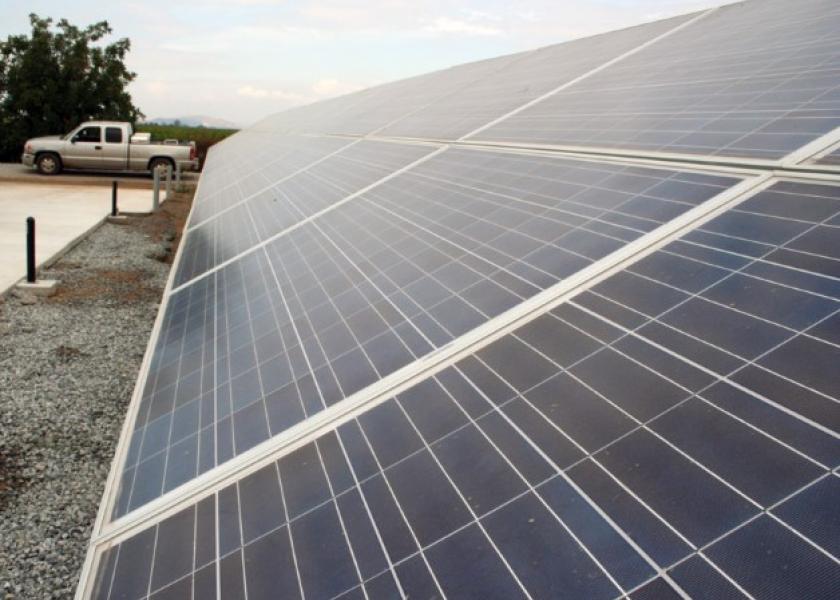USDA Announces $1 Billion to Ag, Small Businesses for Renewable Energy and Efficiency Improvements

Tom Vilsack, U.S. Secretary of Agriculture, announced Friday the department will be offering $1 billion in grants to ag and rural small businesses for renewable energy upgrades through the Rural Energy for America Program (REAP).
According to USDA, this funding was made available to help struggling rural communities “recover economically” and offer more market opportunities, improve infrastructure and protect farmland.
“Supporting renewable energy and energy-saving systems helps the people of rural America create thriving, livable communities,” Vilsack said in a press release. “When we invest in rural communities, we are supporting hard work that sends a ripple effect across our country.”
USDA says qualifying REAP projects include:
• Renewable energy systems that produce zero emissions
• Energy efficiency improvements
• Biomass and biogas projects
How REAP Grants Work
Through the program, USDA will cover 50% of the total project cost if it’s for an energy-efficiency project or a zero-emissions renewable energy system. All other grants will see up to 25% of the total cost paid for by USDA.
Communities that demonstrate need for economic recovery will be given priority, according to USDA. To ensure this is a fair and equal opportunity for all rural communities, USDA is setting aside 20% of the funds until June 30 for $20,000 or less grants.
USDA anticipates it will deliver 9,000 awards, based on funding levels and needs.
The application deadlines vary based on the type of project. To see qualifying project open and close dates, check out this Federal Register notice.







